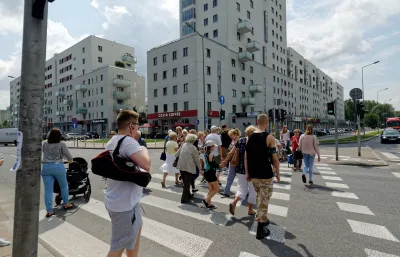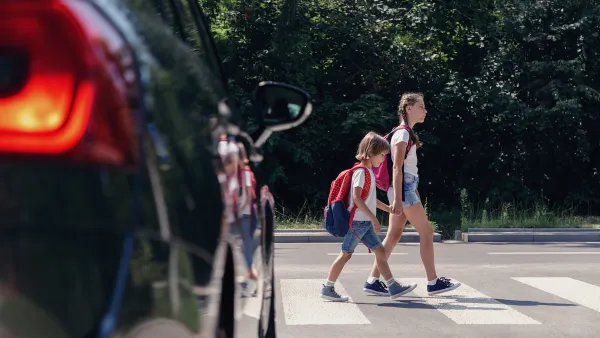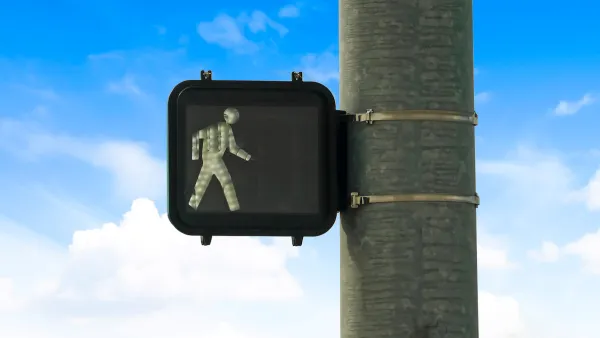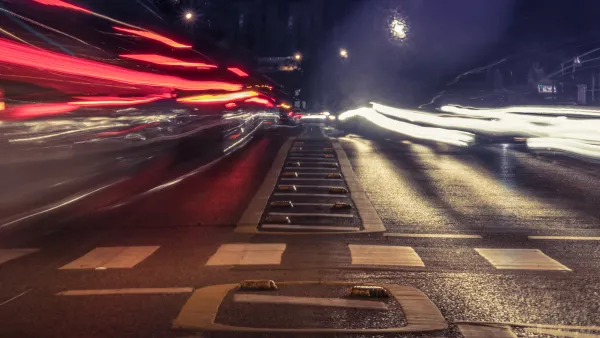Pedestrians are often blamed first for accidents, but they have few choices when the infrastructure is lacking, a new study shows.

Michael Smith, a University of Illinois graduate student, collected video at intersections on a road in Rockford, Illinois, to understand better how pedestrians interact with the built environment. Often pedestrians are blamed for accidents, with the assumption being that they were jaywalking or not paying attention to their surroundings.
"But Smith’s videos found pedestrians’ behavior is influenced a lot by the environment: They’re more likely engage in risky behavior — like walking or rolling in the street or crossing mid-block — when the pedestrian infrastructure is incomplete or lacking," reports Angie Schmitt.
At one intersection, Smith repeatedly saw examples of people backtracking and going into the street because there was not an ADA-compliant ramp at the corner, even though the location was near a housing development for older people. He also noticed that people waiting for buses at a stop without a bench or shelter would wait on the other side of the street at a shopping center and then dart across when the bus came.
"People were adapting their behavior to the conditions, often in ways that put them at risk," notes Schmitt. Smith’s recommendations include a decrease in the speed limit, enhanced crosswalks, and leading pedestrian intervals at signaled intersections.
FULL STORY: Research Explains Why Pedestrians ‘Break the Rules’

Analysis: Cybertruck Fatality Rate Far Exceeds That of Ford Pinto
The Tesla Cybertruck was recalled seven times last year.

National Parks Layoffs Will Cause Communities to Lose Billions
Thousands of essential park workers were laid off this week, just before the busy spring break season.

Retro-silient?: America’s First “Eco-burb,” The Woodlands Turns 50
A master-planned community north of Houston offers lessons on green infrastructure and resilient design, but falls short of its founder’s lofty affordability and walkability goals.

Test News Post 1
This is a summary

Analysis: Cybertruck Fatality Rate Far Exceeds That of Ford Pinto
The Tesla Cybertruck was recalled seven times last year.

Test News Headline 46
Test for the image on the front page.
Urban Design for Planners 1: Software Tools
This six-course series explores essential urban design concepts using open source software and equips planners with the tools they need to participate fully in the urban design process.
Planning for Universal Design
Learn the tools for implementing Universal Design in planning regulations.
EMC Planning Group, Inc.
Planetizen
Planetizen
Mpact (formerly Rail~Volution)
Great Falls Development Authority, Inc.
HUDs Office of Policy Development and Research
NYU Wagner Graduate School of Public Service




























